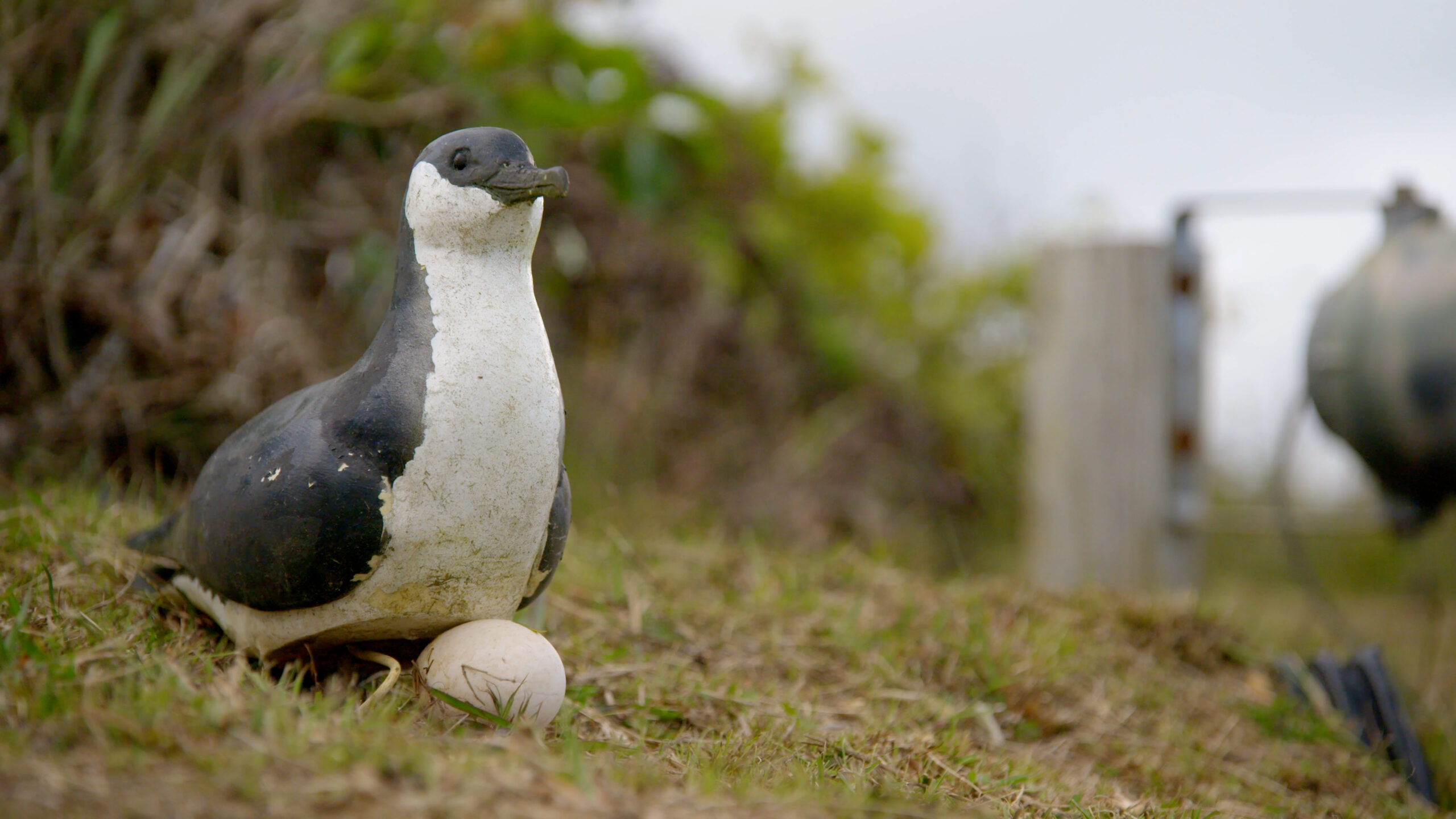Seabirds — like pelicans, puffins, and petrels — have disappeared from many places where they once nested, due to threats like invasive species and expanding human development. But over the last 50 years, conservationists have fine-tuned a technique to bring them back called social attraction.
Seabirds are inherently social animals, especially around mating season: to find safety in numbers, many nest in vast colonies containing hundreds or thousands of birds. Once established, they’ll return to these same colonies — and often the same mate — year after year. Scientists can take advantage of this affinity to woo them back to their old haunts — or to newer, safer nesting sites.
They set up seabird-shaped decoys, broadcast bird calls, and even create artificial burrows (sometimes filled with fake eggs) to lure them to a particular nesting ground. When seabirds fly overhead and see these apparently thriving colonies, they are more likely to give the sites a try.
The social attraction technique was first developed by a National Audubon Society biologist in the 1970s to bring Atlantic puffins back to an island off of Maine. Since then, it has become a global seabird conservation tool. In the past 50 years, it has been successfully used to restore seabird colonies at hundreds of sites around the world, from Cape Petrels in Antarctica to Little Terns in Scotland’s Orkney Islands.
